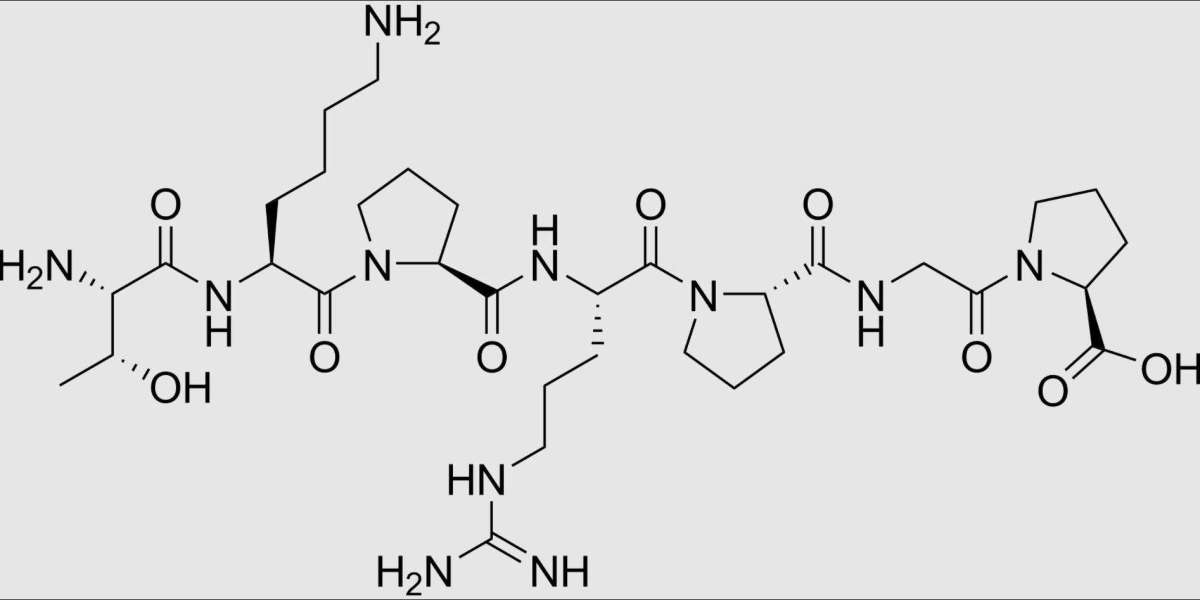Previous studies have shown that in the presence of Selank, the number of specific binding ligand [3H] GABA is different, and preliminary intranasal administration of peptide will also induce changes in the number of specific binding sites of [3H] GABA, but will not affect the affinity of receptor. Based on these data, the author believes that Selank can modify the activity of GABAA receptor by binding peptides to GABA receptor, thus leading to rapid changes in the state of GABAergic system.
In this study, we evaluated the contribution of gaba-ergic system to the molecular mechanism of Selank's anti-anxiety effect. In order to verify the hypothesis that Selank acts through GABAA receptor, we studied the effect of Selank on the mRNA level changes of genes encoding the main subunits of GABA receptor, transporters and ion channels involved in GABA transport, and on the mRNA level changes of other proteins involved in neurotransmission in the rat brain after 1 and 3 hours of administration. In order to determine the effects related to GABAA receptor activation, we analyzed the expression changes of the studied genes in response to the action of primary ligand GABA.
We studied the effect of Selank and GABA on the mRNA level of 84 genes involved in neurotransmission in rats within 1 and 3 hours after intranasal administration. Selank, administered intranasally, has proved to be the best peptide molecule for delivery to the central nervous system.
A large number of clinical studies have shown that Selank has strong anti-anxiety and neuroprotective effects in the treatment of generalized anxiety disorder. The clinical effect of Selank is similar to that of classical anti-anxiety drugs, such as benzodiazepines, which are allosteric modulators of GABAA receptor and increase the inhibition of GABA. This indicates that the molecular mechanism of Selank's action stems from its ability to affect GABA receptors.
In order to verify this hypothesis, we evaluated the changes in the mRNA level of 84 genes encoding GABAergic system function-related proteins, and the changes in the mRNA level of neurotransmission related proteins in the frontal cortex of rats 1 and 3 hours after administration of Selank or GABA.
Our results show that Selank can directly affect the expression of genes involved in neurotransmission in nerve cells, and similar changes in the expression of these genes were also observed when GABA was administered. This conclusion is supported by the strong positive correlation between the expression changes of 45 genes 1 h after the administration of Selank or GABA. However, the match between the expression profiles of these genes is not perfect. Therefore, in addition to the 25 genes affected by the two compounds, GABA (not Selank) affected the mRNA level of 16 other genes 1 hour after administration. The difference in the number of genes with altered expression indicates that Selank does not act directly through the GABA-specific binding center, but through changing the affinity of GABA receptor to GABA. Previous studies have shown that Selank can affect the specific binding of GABA to its own receptor, which may be caused by the regulatory nature of the regulatory peptide. Under the influence of Selank on the receptor, the affinity of the endogenous ligand is significantly changed. We can assume that after the administration of Selank and GABA, the similarity of the gene expression profile we observed confirmed the hypothesis that peptides might play a role by regulating the activity of GABAA receptor to a certain extent.








